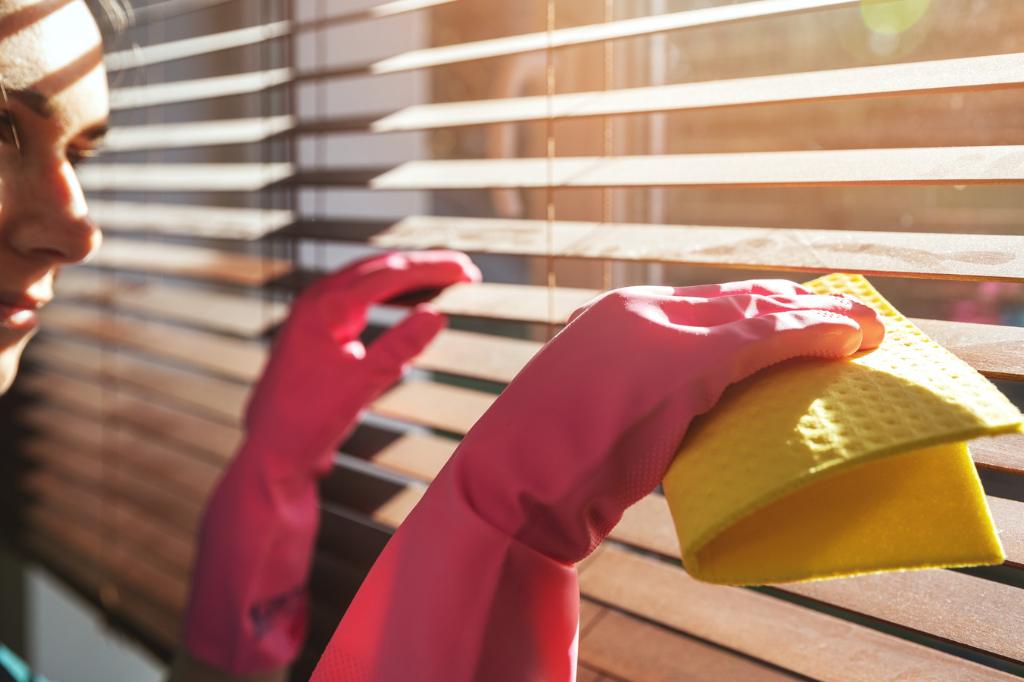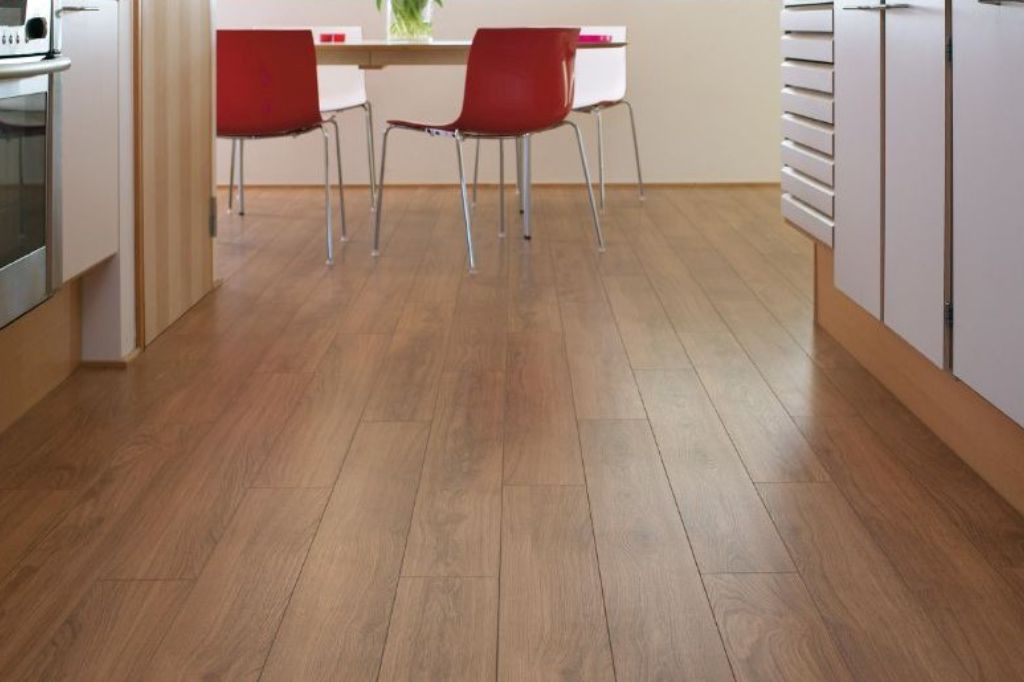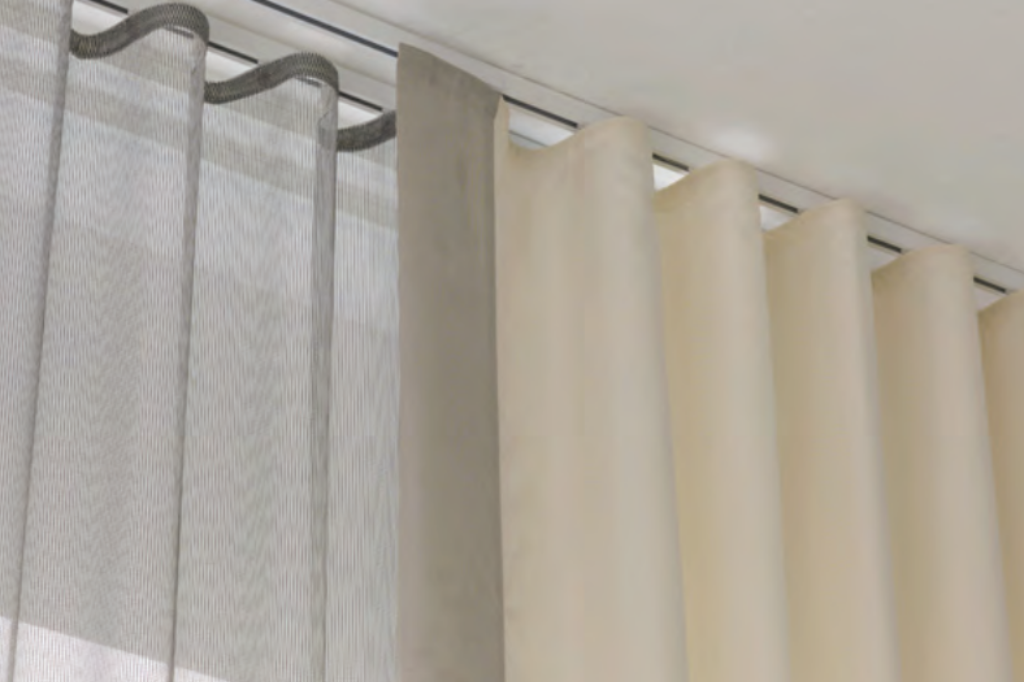Welcome, horse lovers! Choosing the correct stall flooring is crucial to provide our horses the greatest care and comfort. A well-designed stall floor improves their living environment and prevents accidents and illness. Choosing the right flooring for your horse with many possibilities might be difficult. But fear not! Dubai Curtain will discuss horse stall flooring types and their pros and cons in this blog post to help you choose. So let’s saddle up and dive into this hoofy topic!
The Different Types of Horse Stall Flooring
- Paver blocks, or interlocking pavers, are popular for horse stall flooring. These durable and versatile blocks provide excellent traction and drainage, ensuring that your horse stays safe on its feet. Paver bricks are straightforward to install and replace. However, they require regular upkeep to remain level and in good condition.
- Sand is another option commonly used for horse stalls. It provides a soft surface that mimics the natural environment, making it comfortable for horses to lie down and rest. Sand also offers great drainage capabilities when properly maintained. However, it does require frequent raking or leveling to prevent uneven surfaces or compaction.
- Traditional barns have had wooden flooring for generations. Their robust surface is simple to clean and maintain. Wood cushioning can also help horses with knee difficulties or sensitive hooves. Wood needs sealing or treatment to resist urine or water spills.
- Concrete floors are highly durable and relatively low maintenance as compared to other options. They offer excellent stability but may need additional bedding material on top of them for added comfort. Concrete can be slippery when wet unless textured or coated with an anti-slip product.
- Crushed limestone is a cost-effective alternative that provides good drainage while being firm underfoot. It helps reduce dust levels within the barn but may require occasional replenishing due to compaction over time.
- Grid floors consist of interlocking plastic grids filled with gravel or sand. This type of flooring promotes excellent drainage while reducing mud buildup. An added advantage is that grid floors prevent digging behavior by horses. However, some grids might not provide enough cushioning, so additional padding should be considered.
- Asphalt surfaces are another viable option. They offer durability, easy cleaning, and good traction. The smoothness makes it easier to sweep away manure and debris. However, prolonged exposure to asphalt can cause discomfort or even health concerns.
Paver Blocks
- Paver bricks are a popular horse stall flooring alternative. These interlocking concrete or stone blocks have pros and downsides.
- Durability is a major feature of using paver stones in horse stalls. They’re built to resist horses’ weight and hoof traffic. Additionally, their great traction reduces slips and falls.
- Another advantage of paver blocks is their easy installation process. They can be laid on top of a well-prepared base without requiring adhesive or extensive construction work. This makes them a convenient choice for those looking for a DIY solution or if modifications need to be made later.
- However, paver bricks as horse stall flooring have limitations. They may become uneven because of shifting or settling. Maintenance may be needed to level them and avoid tripping.
- Additionally, pavers offer good drainage capabilities when properly installed with gaps between each block, but they may need to provide more cushioning for horses’ joints than other flooring options like rubber mats or sand.
- While paver blocks have durability and ease of installation advantages, they may not be ideal if you’re looking for maximum comfort or cushioning for your horses’ hooves. Consider your needs and consult an equine professional before choosing the best floor for your horse’s living space.
Sand
Choosing the ideal horse stall flooring frequently involves sand. Sand has several advantages for horse owners and their horses.
- Cushioning is a major benefit of sand flooring. Because horses have delicate joints and hooves, sand may lessen injury risk and give comfort. Sand also lets horses dig or paw at the ground as in the wild.
- Another benefit of using sand is its excellent drainage capabilities. Properly installed sand floors allow urine and water to quickly drain away from the surface, preventing any accumulation or pooling that could lead to bacterial growth or odors. This keeps your horse’s living space clean.
- Additionally, sandy floors are easier to maintain than other flooring types. Raking regularly redistributes disturbed regions and keeps the surface even. Due to compaction or erosion from heavy usage, repair may be needed over time.
- On the downside, dust can be an issue with sand flooring if not properly managed. Excessive dust levels can irritate humans’ and horses’ respiratory systems, potentially leading to health problems such as allergies or coughing.
Wood
Wood is a common horse stall flooring choice with pros and cons. The insulation of wood floors is a big advantage.
- Wood keeps the stable warm in cold weather, keeping your horse comfortable. Wood is very pleasant for horses to stand on and cushions their movement.
- There are also some wood flooring concerns. Moisture damage is a big negative. Wood may absorb urine and water spills, decaying and molding if not sealed or maintained. Your horse may live in an unhealthy environment.
- Another consideration for hardwood flooring is upkeep. Cleaning and disinfecting regularly prevent bacterial accumulation and odors.
- Wood is more costly than concrete or crushed limestone.
- While wooden flooring offers comfort and insulation benefits for horses, proper maintenance and vigilance against moisture damage are crucial for ensuring a safe living space.
Concrete
- Concrete is a popular choice for horse stall flooring due to its durability and ease of maintenance. It provides a solid surface that can withstand the heavy weight and constant movement of horses.
- A key feature of concrete flooring is its durability. Unlike wood or paver bricks, concrete lasts forever. This makes it cost-effective in the long run.
- Another advantage of concrete is its minimal upkeep. A light detergent and water clean it easily, making it ideal for busy stable owners. Smooth surfaces make spills and trash easy to clean.
- Horses have excellent traction on concrete, preventing slips and falls. It may become slippery when wet. Thus appropriate drainage is needed to avoid pooling water.
- Concrete may damage horses’ joints if they stand on it for long. Some owners soften the concrete with rubber mats or bedding.
- While concrete has advantages in terms of durability and low maintenance, careful consideration should be given to ensure adequate drainage and comfort for the horse’s well-being.
Crushed Limestone
- Crushed limestone is ideal for horse stall flooring owing to its numerous benefits. First and foremost, it drains urine and water well. This keeps the stall clean and dry, improving horse hygiene.
- Additionally, crushed limestone cushions your horse’s hooves. Its pleasant surface decreases slip-and-fall accidents. This is crucial for elderly or damaged horses that require additional assistance. Crushed limestone is cheaper than other flooring alternatives. It is readily accessible and affordable, making it a good alternative for budget-conscious horse owners.
- However, there are some considerations when using crushed limestone as stall flooring. It can be dusty when dry, which may cause respiratory issues for horses and humans. Regular watering or dampening the surface can help alleviate this problem.
- Furthermore, proper maintenance is necessary with crushed limestone floors as they may require periodic re-leveling to ensure an even surface over time.
In the End
After thorough evaluation, concrete paired with proper bedding and drainage emerges as the optimal flooring choice for horse stables. Its strength, stability, and low-maintenance nature promote safety and support equine health. Concrete also limits bacterial and parasite growth, reducing the threat of infectious diseases. To enhance comfort and minimize strain, rubber mats or deep bedding are highly recommended. Efficient drainage systems help keep stalls clean and dry by channeling away urine and excess moisture. When combined with these key elements, concrete flooring delivers superior durability, practicality, and long-term welfare for stabled horses.




